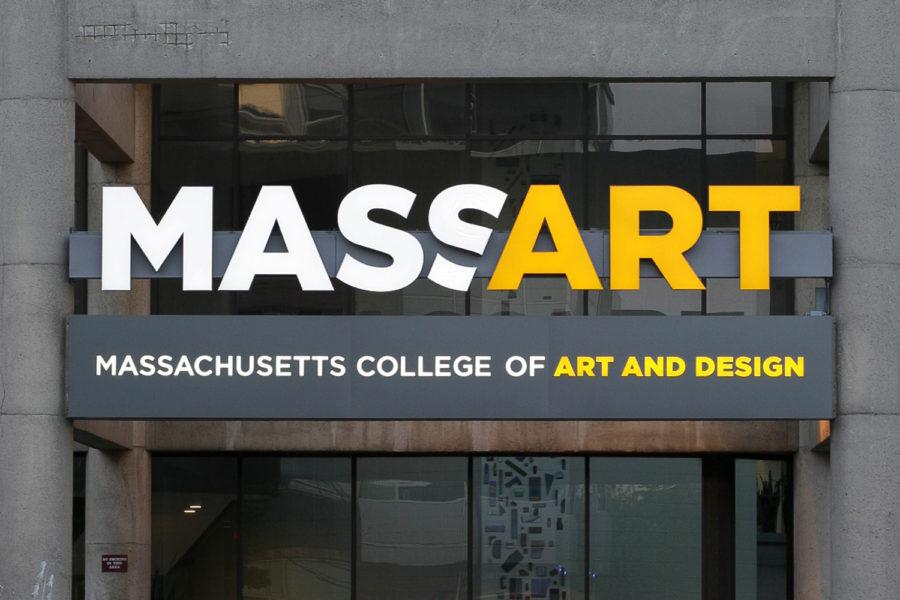When I came to Pitt as a first-year student last fall, I was excited to take a class called Sexuality and Representation. I had never been able to take anything like it in high school, and it seemed like a great opportunity to analyze gender and sexuality through different books, short essays and speeches.
Even though we read sexually explicit content in the class, such as Elizabeth McNeill’s memoir of a love affair, “Nine and a Half Weeks,” the classroom environment was always respectful, and I learned a lot about sexuality and gender. I’m especially thankful for this experience — one dedicated to growth and education — after hearing about how professor and photographer Nicholas Nixon inappropriately exploited sexuality, both his own and those of his students, in a classroom at Massachusetts College of Art and Design.
Nixon allegedly asked his students over the course of several years to do a variety of wildly inappropriate things, including viewing pornographic images of himself and of genitals of the opposite sex. He also requested students to pose nude for him and to take photos of people they would like to sleep with, according to a report published by The Boston Globe earlier this month. Two weeks before The Boston Globe published the report, Nixon announced his “abrupt” retirement from the school amidst alleged misconduct.
There’s no doubt that sexually explicit content can be part of art, as seen through paintings like “The Birth of Venus,” television shows like “Orange is the New Black” or books like “Bad Behavior.” However, Nixon’s behavior at MassArt was a clear abuse of the power he had over his students, even if he tried to pass it off as educational.
“I encourage students to accept and use their sexuality [as] part of their putting the best they have into their work,” Nixon said in an email sent to The Boston Globe before his retirement in early March. “I have never hit on, touched or done anything personal.”
Nixon can try to explain his way out of his behavior, but his paltry excuses are just that — excuses. There are clearly ways to responsibly use sexuality in the classroom without having students pose naked for him or commenting on students’ bodies.
For example, he could teach students how to be in touch with their sexuality by analyzing other artists’ work and displaying explicit images from other artists to describe their methods from an objective point of view.
And Nixon’s behavior is more than just a cringeworthy classroom story. Asking a student to pose or analyze sexually explicit content that features themselves or their professor clearly exploits the power dynamic that exists between professor and pupil, leaving students in a position of unequal footing.
There are natural boundaries between professors and students. Professors have a responsibility to handle students in a respectful manner when students enroll in their classes. That’s what makes Nixon’s behavior so out of line — asking students to look at sexually explicit photos of his genitalia or even pose naked in front of him is an abuse of that power dynamic.
Anything done to disrupt this power balance between professors and students by playing into sexuality is toxic and potentially harmful. Additionally, sexuality and sex are such fundamentally different terms that talking about one hardly implies the necessity of the other.
Sexuality is not reliant on the physical act of sex. Sex is a physical act, which may be used as part of your sexual expression, but sex is not inherently related to sexuality.
Nixon’s frequent and extreme line-blurring from sexuality to sex in the classroom shows he is not mature enough to teach nudity from an educational or artistic perspective. It was a missed opportunity to teach students about how nudity can play into art through self-expression and self-love.
Nixon even made sexually explicit comments about students, including one student’s self-portrait, that crossed the line into personal invasion.
“I remember him pointing to a self-portrait a classmate made, a portrait of her in her underwear bending over from behind, and he said, ‘Her pussy is right there,’” a former MassArt student who graduated in 2006 told The Boston Globe. “It felt like the conversation always led back to sex.”
Analyzing how a person’s sexuality plays into a piece of art through their methods is different from using that person’s art to segue into bodily attraction or sex.
Of course, college students are adults. We are entrusted with more responsibility when we go to college, but we can lack wisdom in knowing what is or isn’t typical professor behavior. It should never be a student’s responsibility to rein in an inappropriate professor. Topics like sex, nudity and any other explicit material should be handled with care and examined with distance and objectivity to prevent students from feeling uncomfortable, just as in my Sexuality and Representation class.
Nixon did briefly note the sexually explicit content in his syllabus, but that doesn’t justify his behavior or signify consent from students. Consent is only truly given when people are made fully aware of what they are about to do or take part in, and have actively agreed to partake in it. A vague line on a syllabus about nudity is not explicit enough, nor can simply reading a syllabus — if students even read it — constitute as consent under any circumstances.
Both universities and students must know that the beauty of sexuality, whether seen through the naked form or not, must be voluntarily expressed — not coerced in an unequal power dynamic.
Anne Marie primarily writes about gender and student issues for The Pitt News. Write to her at [email protected].


